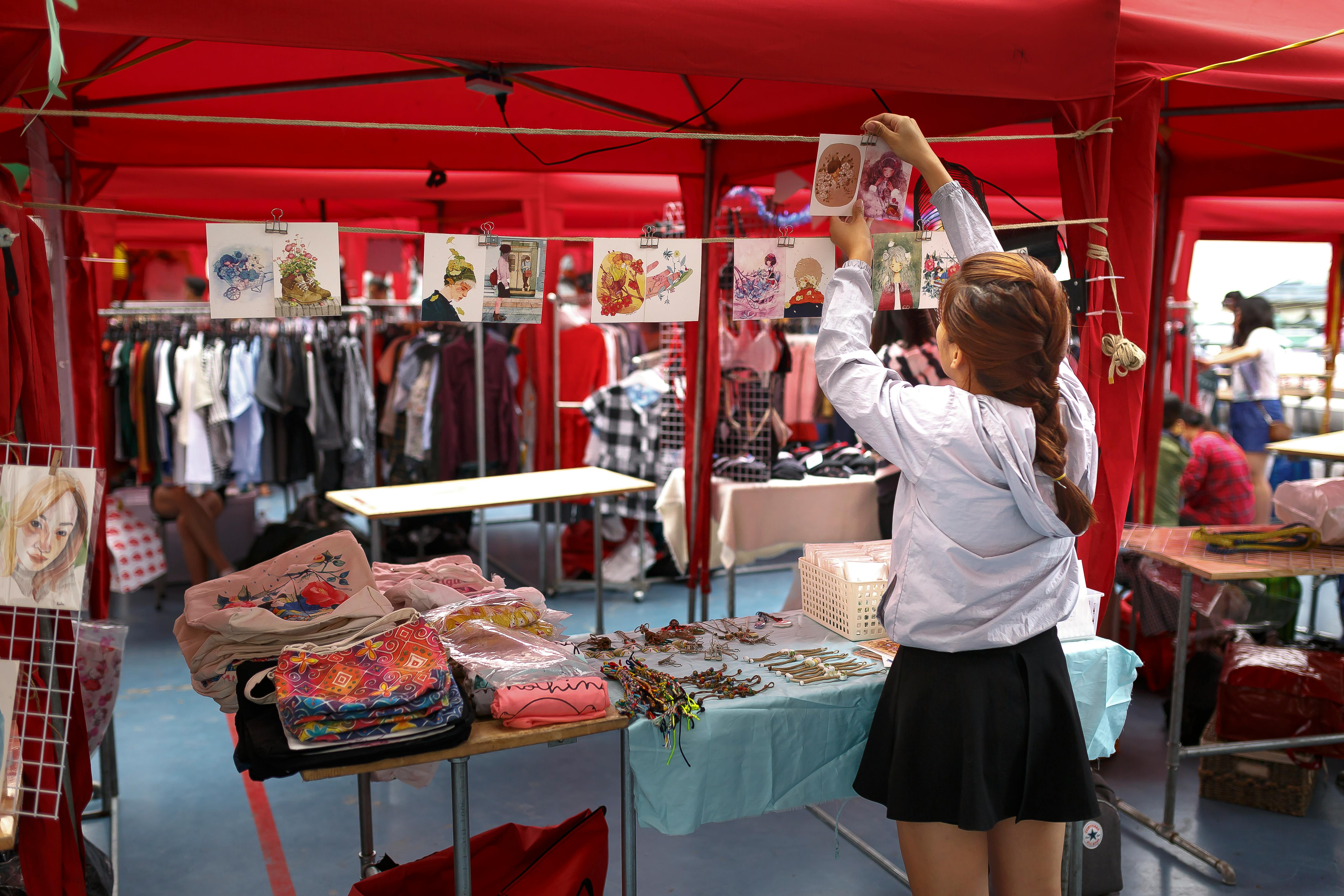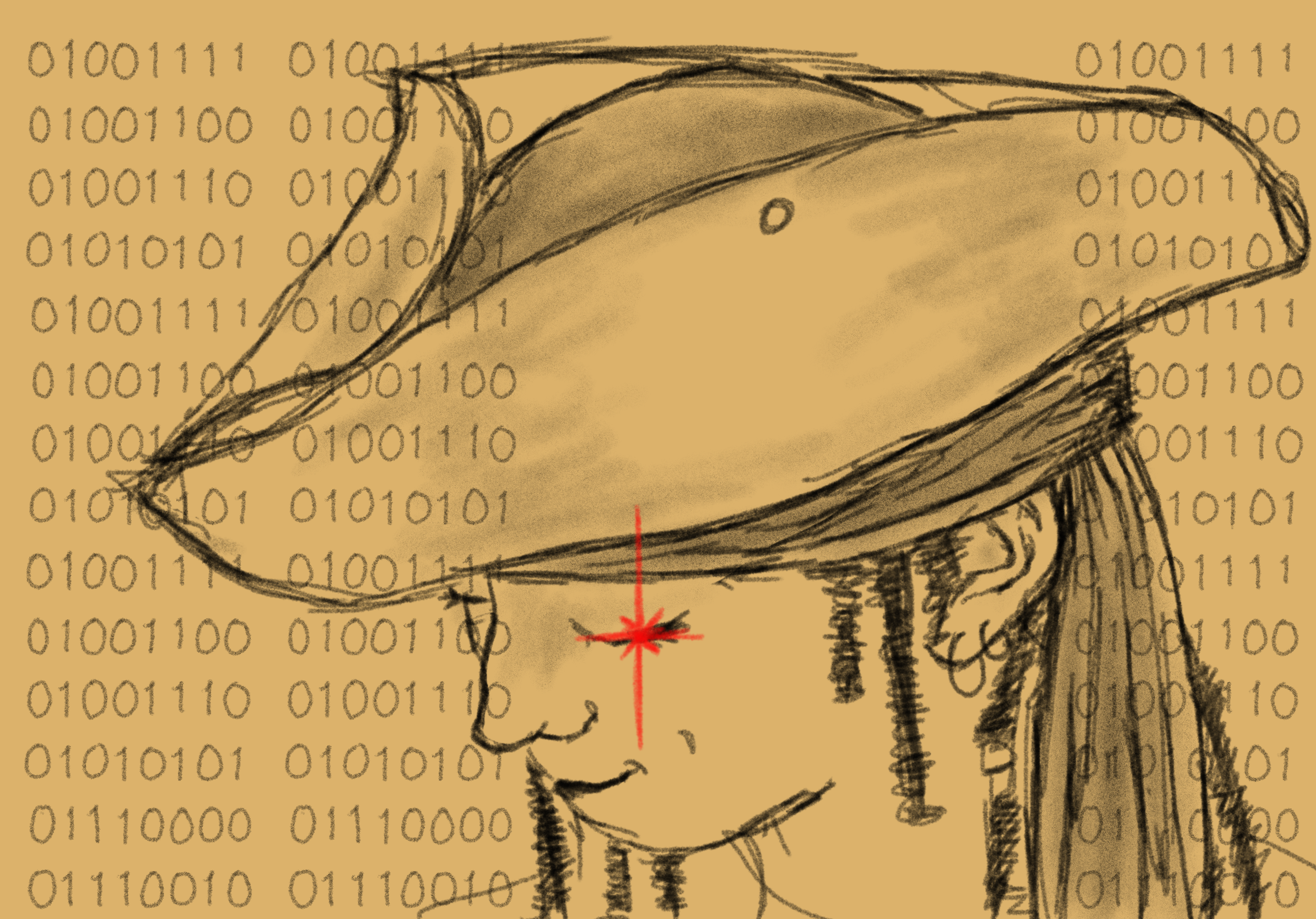In early November, posters with statements against China’s Zero-COVID policy started appearing around the UBCO campus. If you’ve seen them, you may be wondering: what is this about?

China’s Zero-COVID policy has been enforced since the beginning of the pandemic.
While the general Chinese public understands the need for COVID restrictions, it is clear that they are frustrated with the way these restrictions have been used as a form of state control.
With hastily imposed lockdowns where people are literally locked in, citizens report not having basic necessities for days – such as food – due to insufficient preparation time. Meanwhile, government supply handouts are infrequent, which means proper support is unavailable when lockdowns extend for longer than expected. And, with the drastic increase in demand, online grocers are often sold out.
Anyone in China who tests positive for COVID-19 must stay at a quarantine site, typically set up in office buildings or schools. Many are frustrated with the conditions in these quarantine sites, where people are often packed into a large room and given a cot to sleep on. Hygiene levels are low, considering how everyone is sharing facilities in buildings not meant for residential use.
These concerns only scratch the surface of the multitude of issues faced under the Zero-COVID policy.
During Shanghai’s lockdown in April 2022, drones were reportedly used to monitor citizens’ behaviours. When residents opened their windows to sing, they recounted hearing the following message broadcasted from a drone: “Control the soul's desire for freedom and do not open the window to sing. This behaviour has the risk of spreading the epidemic."
With tensions brewing under the surface since the beginning of the pandemic, it is no surprise that the citizens of China have come to a breaking point.
The Sitong Bridge Protest is often considered the spark that led to widespread action in the country.
As one of the posters states, “Oct 13th, 2022, a citizen put up Pro democracy banners in Beijing, he/she was arrested by police and related images were censored.”
This lone protester, whose identity and whereabouts is unknown, hung two banners with the following message on the bridge:
“Livelihood, Not Zero-Covid Policy. Freedom, Not Lockdown. Dignity, Not Propaganda. Reform, Not Cultural Revolution. Democracy, Not Dictatorship. Citizens, Not Slaves.”
This message was then echoed in many informational posters addressing the situation in China, including the ones on campus. Despite strict Internet censorship in mainland China, photos and videos of the banner widely circulated on the Internet, clearly resonating with many Chinese citizens.
The Sitong Bridge Protest and its aftermath marks the beginning of a wave of large-scale protests.
In early November, workers at Foxconn’s iPhone assembly plant in Zhengzhou were locked-in due to a COVID-19 outbreak.
While employees who tested positive were sent to a quarantine site, those who remained locked in the factory were required to continue working. Protests at the Foxconn plant began on November 23.
On November 24, ten people died in a fire at an apartment building in Ürümchi. Nine people were also injured.
The city had been under strict restrictions since early August, and lockdown measures prevented residents from leaving the building efficiently. Fences around the compound also delayed the fire department’s response, which exacerbated the problem.

From the Ürümchi fire, the A4 Revolution was born.
Peaceful gatherings to mourn the dead in large cities, such as Shanghai, were disrupted by police. On November 26, protesters started holding up blank pieces of paper as a way to express their dissatisfaction while never actually using words that would give authorities a reason to arrest them.
Vigils and rallies were held around the world in solidarity with protesters in China.
Joining this long list was UBCO, where a candlelight vigil was held outside Tim Hortons on November 30.
For an hour in the freezing cold, approximately 30 people showed up to mourn the lost lives in Ürümchi. Several participants also held up blank sheets of paper, a reference to the A4 Revolution.
%20(1)%20(1).png)
Since the 1989 Tiananmen Square Massacre, large-scale protests in China like these have been unheard of. Any form of dissent is shut down quickly. Therefore, considering how a movement of this magnitude has emerged so quickly, it is clear that the people of China are desperate.
As protests regarding China’s Zero-COVID policy start to gain traction, both in China and around the world, many of the posters on campus have been taken down. It is unclear who is responsible or why. However, supporters of the protests at UBCO have not been deterred, as they continue to put up posters around campus.
The lives of people in China rely on a worldwide awareness of the situation and to hold the Chinese government accountable. Chinese students at UBCO need the community’s support now more than ever to ensure that their voices are heard.




